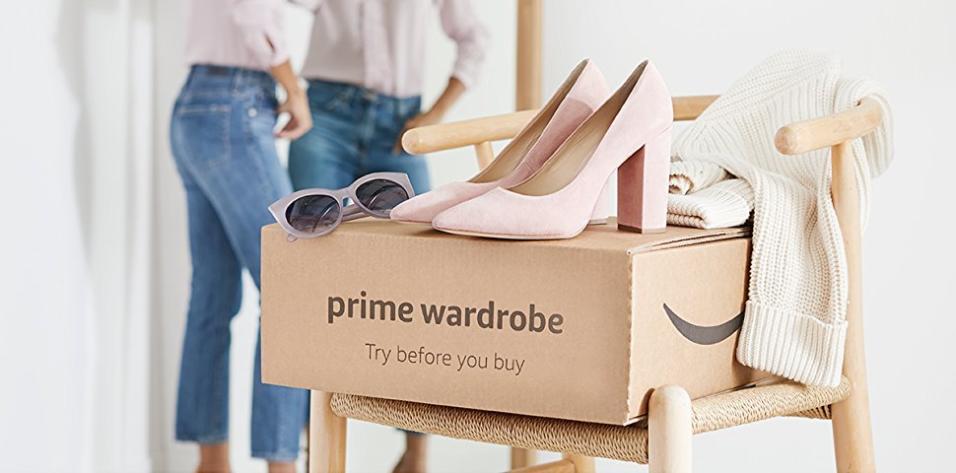Retailing Today Demands Connections to Shoppers — and Relevancy

In the current retail climate, successful companies are not only listening to their customers, but connecting with them in a meaningful way. It’s also about relevancy in a brand-saturated and overstored market, noted analysts in two separate reports.
Dana Telsey, chief research officer of Telsey Advisory Group, said recent executive letters to shareholders from companies such as Amazon, Home Depot and Foot Locker are revealing strategies that are centered in how these companies are tackling the topic of “relevancy.”
Related stories
Retail Boards Continue to Face Pressure From Activist Investors
Think Tank: Buy Better, Wear Longer, Dispose Smarter: Know Your Clothes Like a Pro
And in a separate report about Kohl’s Corp. from Fitch Ratings, analysts at the firm said a “key focus of Kohl’s omnichannel strategy will continue to be amplifying the role and relevance of its stores. Well-maintained stores have increasingly proved their importance in maintaining consumer connections as part of an omnichannel model for product research and service elements throughout the shopping process.”
The notion of offering relevancy in today’s retail market is more complicated than it sounds. It requires brands and retailers to invest in stores as well as in technologies and solutions that improve online shopping and fulfillment. But it all starts by listening to shoppers.
Related story on consumer behavior: Gen Z Crave a World Without Borders, Boundaries and Binaries
“Listening to customers informs companies of what to provide to drive sales and build loyalty,” Telsey said in her report. “Delivering a compelling merchandise mix that includes the environment in which it is viewed, whether physical or digital and building human connections that feed interaction, is a must-have.”
Telsey said consumer satisfaction “is best achieved when the physical and digital experience is holistic and seamless” and noted that the use of technology by consumers “and the learnings from the data by companies is setting a higher bar for consumers’ expectations.”

In its shareholder report, Amazon said it is critical “to ask customers what they want, listen carefully to their answers, and figure out a plan to provide it thoughtfully and quickly (speed matters in business).”
“No business could thrive without that kind of customer obsession. But it’s also not enough,” Amazon said. “The biggest needle movers will be things that customers don’t know to ask for. We must invent on their behalf. We have to tap into our own inner imagination about what’s possible.”
For Foot Locker, relevancy forced the brand to broaden its purpose “from simply being a retailer of sneakers and apparel to truly inspiring and empowering youth culture. We intend to achieve this by fueling a shared passion for self-expression and creating unrivaled experiences at the heart of the sport and sneaker communities.”
At Home Depot, the retailer said that now more than ever, “customers view us as One Home Depot rather than a brick-and-mortar retailer with a web site. While our stores remain the hub of our business, our data tells us that many of our in-store sales are influenced by an online visit and nearly 50 percent of all online U.S. orders are picked up inside our stores.”
In the Fitch Ratings report, in which analysts affirmed Kohl’s rating outlook at “stable,” the firm said, “successful retailers in the space are investing in the omnichannel model, rightsizing their store footprint, and have a differentiated product and service offering, including a well-developed value message, to draw customers in.”
Fitch noted that financially and “operationally stronger” retailers such as Macy’s, Nordstrom and Kohl’s “should be able to at least maintain their share of the apparel and accessories space as unprofitable inventory and square footage are removed from the system.”
Analysts at Fitch said these retailers, in particular, are expected “to benefit from the acceleration of store closings and restructuring activity [in the market] from cash-constrained specialty apparel players and department stores.”
“Fitch believes Kohl’s multiyear investments in areas such as developing omnichannel capabilities, store remodels, growing its national brand presence, and increased activewear penetration should allow it to grow sales and compete more effectively,” the firm said.
On the digital front, Kohl’s is working with Amazon on a long-term product returns pilot program in 100 of its units. The company is also wooing shoppers to pick up products in stores — and make a conversion while they’re there. At a recent WWD event, Kohl’s chief merchant Doug Howe described the process as “somewhat counterintuitive.”
“You would think people are going through the customer journey to buy something online to avoid a physical experience, but when they elect to pick up in store, in a high percentage of instances, they actually buy something else when they come,” he said.
Sign up for WWD's Newsletter. For the latest news, follow us on Twitter, Facebook, and Instagram.

